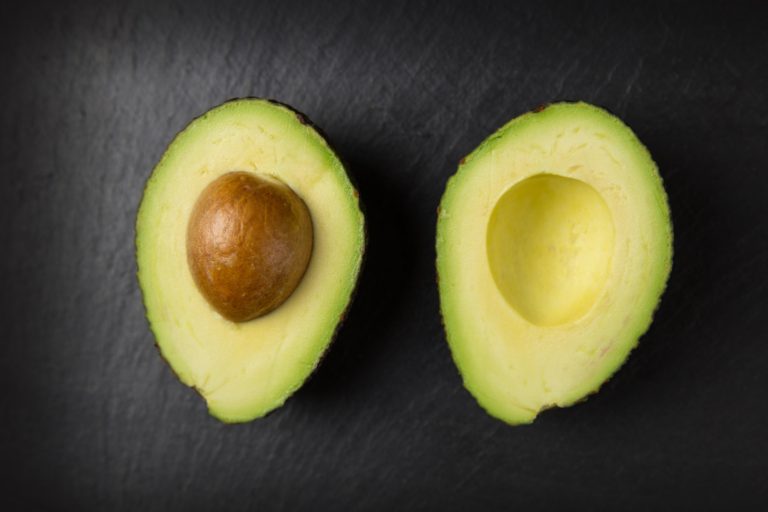Now you’re done with last year’s diet fad and once again, it fell short on the panacea of results the infomercial like social media posts promised. If you‘re ready to ease into a sensible, science based approach… here’s 30 tips to make your diet (actually) work.
Eat By Design is a straight forward framework built on 10 fundamental principles.
1. EAT REAL FOOD FIRST
- Choose food with minimal ingredients like steak, carrots, or apples.
- You’ll find most of your best nutrition sources around the outer aisles of grocery store.
- If it’s green and grows from the ground or runs, swims, flies…it probably qualifies as “real” food.
2. PROTEIN WITH EVERY MEAL
- Choose animal products that are from animals fed with their own ideal diets.
- Build your meals around a protein.
- Rotate your protein sources.
3. INCREASED QUALITY FAT
- The bulk of your good fats will come from the healthy animal products you consume.
- Avoid oils from plants and vegetables.
- If you’re adding omega 3’s, pick from a very high quality, sustainable source.
4. EAT YOUR VEGGIES
- Don’t discount frozen vegetables for convenience and health.
- Buy local and seasonal.
- Keep it simple. A big daily salad (with meat and fat) can yield almost all of your micronutrient requirements.
5. REMOVE GRAINS
- Look for grain replacements to use for cooking. Almond flour, coconut flour, and cauliflower crusts for example.
- White rice and corn are relatively innocuous when compared to wheat.
- Baking with non-wheat flours doesn’t make the treats “good for you”, just less bad for you.
6. DECREASE SUGAR
- Sugar is essentially sugar. Don’t be fooled into thinking that replacing sugar with “healthy” sugars like agave or maple syrup makes much difference.
- While sugar has minimal nutritional value, the body does have the ability to metabolize a certain amount. Don’t lose your mind over a few grams here and there.
- Fruit has sugar, but it also comes with fiber and antioxidants. It’s generally good for most.
7. DAIRY IS A GREY AREA
- Choose full fat dairy sources like cream, butter and ghee.
- No added sugar, fermented dairy, such as Greek yogurt can be an additional protein bonus.
- Lactose intolerant? Stick to aged, hard cheeses.
8. EARN YOUR CARBS
- The more you exercise, the more carbohydrate tolerant you’ll be.
- Choose “safe” starches like root veggies and tubers vs. pasta and bread.
- Carbohydrates are not inherently bad.
9. SUPPLEMENTS?
- See #1. Eat Real Food First.
- Fill in the gaps with food based supplementation or bio-identical supplements.
- The most common deficiencies are Omega 3’s, Vitamin D, Vitamin K2, Magnesium, and a healthy gut biome.
10. STOP COUNTING CALORIES
- Focus first on food quality.
- Start with modifying behaviours and habits.
- If food measurement is needed, try using your palm size vs. food weighing.
There you have it! 30 tips to make your diet (actually) work. Start by trying out a few and add more as you develop consistent habits.
Be warned… when results start to happen without the compulsive attention you needed while consumed with previous approaches, you’ll have to find something to do with all your spare time.




